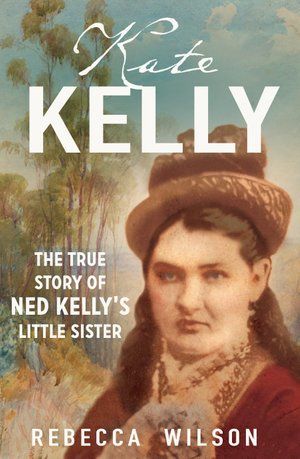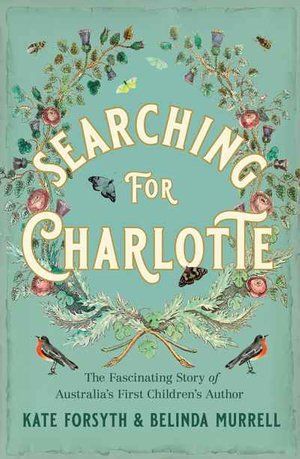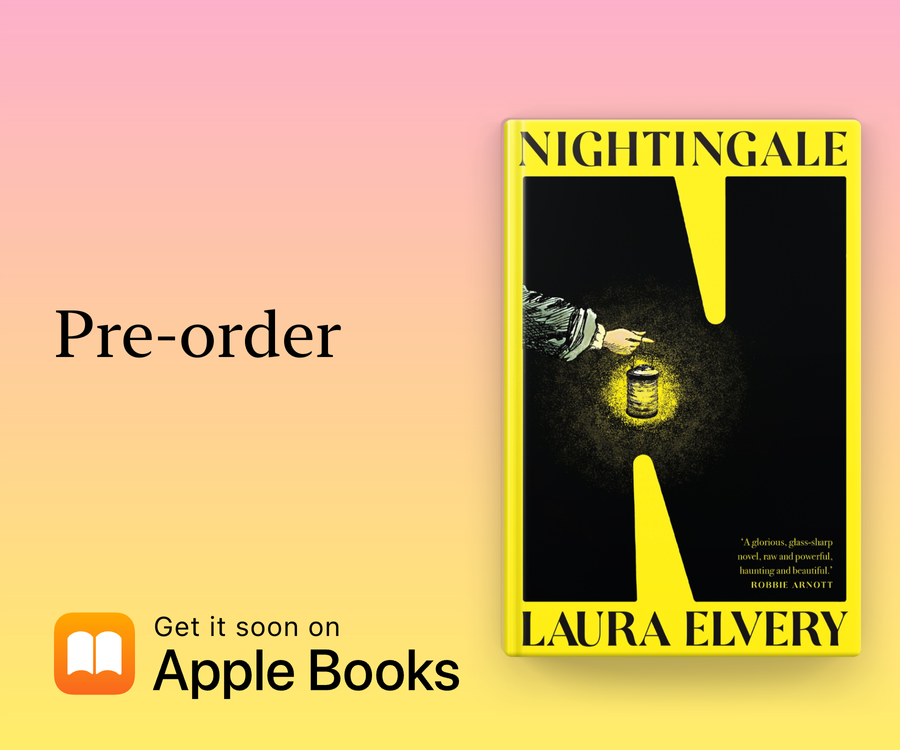Australian Architecture
A History
By Davina Jackson
Published by Allen & Unwin
ISBN
9781760878399
My first impression of this book was as more a text book than a book of non-fiction. The very small print and the grey-on-white text made it hard to read and I found the large gutter margin off-putting.
To read this book appeared to me a daunting task and I put it to one side for later. However, revisiting this book, I decided to give it another try - and I'm so glad I did.
The author begins with the origins of Australia. She explains how the First Nations people arrived in Australia from Africa over thousands of years and details the type of structures they erected, dating back to before 40,000 years ago. (I think that figure changes as more information unfolds with ever more accurate research).
Continuing the story with the arrival of the First Fleet and the tents they brought with them and the huts they erected using locally sourced timber, foliage and stone.
Dr Jackson details the manufacture of the first locally produced bricks, using clay. She explains that they needed lime to lay the bricks, but there was no reliable local source. They managed to substitute the ashes of crushed midden shells dumped from millennia of First Nations seafood consumption.
The book expands its focus from Sydney to the settlement of the colony on Van Diemen's Land. The early settlers discovered large quantities of limestone near Launceston. Due to this find, they were able to extract the lime to construct buildings in Van Diemen's Land and to ship the limestone to Sydney for similar projects.
The buildings they erected were inspired by the architectural styles with which they were familiar in Britain and Europe. Throughout the early eighteen hundreds, with the help of such convict architects and planners as Jack Bloodworth and Francis Greenway, and amateur architect, Elizabeth Macquarie, Governor Lachlan Macquarie's wife. The settlers expanded the growth of buildings in Sydney. Others did the same in Van Diemen's Land, in Moreton Bay (today's Brisbane), followed by Perth (originally Albany, but later moved) then Melbourne, Adelaide and, much later, Palmerston (now Darwin).
The author notes that after Federation in 1901, there began a movement of fresh architectural ideas from a new generation of home-grown architects, as well as many arriving from the UK, USA and Europe. Most notable amongst these were Frank Lloyd Wright's protegés, Chicago's Walter and Marion Griffin (Canberra), Austrian, Harry Siedler (Australia Square tower), Dutchman, Gerardus Jozef (Dick) Dusseldorp, founder of Civil & Civic Contractors (today's LendLease).
During the course of the twentieth century, Jackson explains the amount of architectural change was quite extraordinary following, and sometimes leading, the overseas advancements.
These included moving away from the stone and timber constructed buildings, towards concrete, steel, glass, etc, and becoming more environmentally friendly.
Many Australian architects moved overseas during the late nineteen hundreds and into the twenty hundreds, advancing their reputations, and those in Australia, to international status.
The author gives a comprehensive description of the controversy of moving from draught board, T-square and paper to computer systems in the twenty hundreds, which appears to have started in the 1980s. She also examines the way in which architecture has now adopted the eco-friendly advances in building design.
They are catering for the Australian climate and environment with automatic systems, recycling resources of air, water, waste water, plastics, paper and cardboard, filtering sunlight and producing buildings with more geometrical forms of creativity, some even giving the effect of defying gravity.
Within this book, Jackson gives a fully comprehensive history of the world of Australian Architecture. She details many of the buildings that were constructed in towns and cities throughout the country, many of which may be familiar to the reader.
The author also highlights many of the outstanding architects, engineers and town planners and their stories. These people, who have made this country what it became over the past two and a half centuries.
As an architectural history, Dr Jackson uses architectural jargon, which the reader may find unfamiliar, but it is worth investigating further. At times, I was totally immersed in the narrative and found it most fascinating and riveting.
Also, as a proofreader, I found zero typos in this tome, something that, unfortunately, is above and beyond the norm these days.
My only criticism is the lazy-speak "oriented" which is ubiquitously spread throughout the book. The actual verb of the noun 'orientation', which I'm sure the author means, is 'orientated'. 'Oriented' is a verb which means 'to make Oriental'. Oriental is a word the author uses a few times in the book to describe designs that originate from the Orient.
I highly recommend this book to anyone who has an interest in history, architecture and Australia.
The Author
Dr Davina Jackson is an international writer of books, exhibitions and websites on architecture, technology and urban geography themes. She edited Architecture Australia from 1992 to 2000, and was a founder of annual city light festivals in Sydney and Singapore. After a multi-disciplinary design professorship at the University of New South Wales, she has guest-lectured at MIT, Cambridge, TU Munich and other universities in America, Europe and Asia. Her publications earned a PhD from the University of Kent in 2019 and fellowships of the Royal Geographical Society, the Royal Society of Arts and the Royal Society of New South Wales.
Reviewed by Ken
This is an independent review, I am not paid by the book publishers, so.If you Liked this review - please Buy me a coffee








